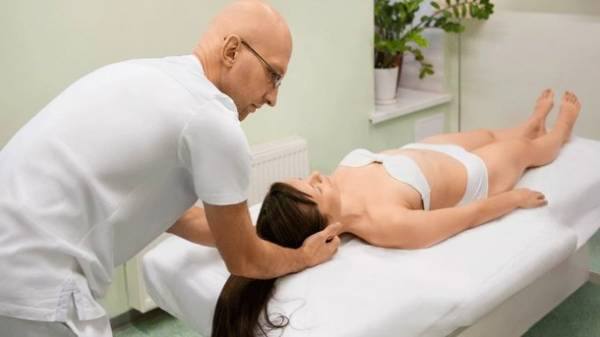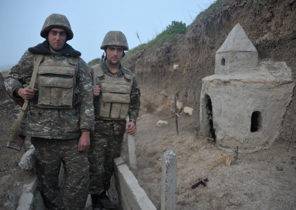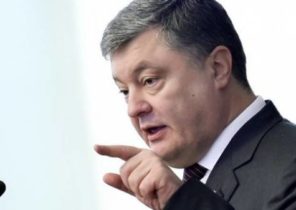
In many countries, osteopathy is considered one of the areas of official medicine. We have it while only gaining ground, while professionals are already rife. We figured out the peculiarities of this method of treatment, as well as find out in which situations it can help and what doctors to believe. This helped us to Sergei Grinenko — osteopath (M. D., D. O.), head of the center Doctor of osteopathic medicine Gran, Sergei Gorisek — neurosurgeon, candidate of medical Sciences.
WHAT IS OSTEOPATHY
Osteopathy as a science is relatively young — an American doctor Andrew Taylor still formulated its basic position and technology 130 years ago. In the late 20th century osteopathy was recognized as official medicine in the United States, Canada, Australia and several European countries. In Ukraine, osteopathy is related to methods of alternative medicine.
Osteopathy is based on the principle of the unity of the musculo-skeletal, neuro and neuropsychiatric systems of the human body. Any violation of one of these systems leads to changes in the functioning of body systems, causing illness. And therefore to cure the broken part needs to be brought back to normal. Thus, osteopathy sees the body as a whole, and the range of diseases that it covers, extends from the spine to the disorders in the internal organs and nervous system. While diagnosis and treatment of the patient takes place in one office at a single specialist doctor of osteopathy, as opposed to army laboratories, diagnostic rooms and narrow specialists. Although, if you have the results of the analyses show them to the doctor — it will help him make a more complete clinical picture.
HOW IT WORKS
The only tool used in osteopathy are the hands of a doctor. And all because human tissues and organs have a definite shape, density, temperature, and mobility, and indicators of these in various human health differ. Sensitive hands of the osteopath read even the subtle functional disorders in the body of the patient, and thus allow to identify the disease at the point of its origin — sometimes in stages, not noticeable even for modern medical devices.
Diagnosis and treatment is performed by specialists largely using manual methods. Although, as we have said, does not neglect the osteopath and the results of clinical trials, if any, in the hands of the patient.
Sometimes the osteopath may also recommend the patient and additional functional studies, or to consult a specialist of classical medicine. This happens if the doctor suspect the patient has, for example, a malignant tumor.
WHERE THEY TEACH DOCTORS
In countries where osteopathy is recognized as official medicine (Switzerland, USA, Russia), there are accredited schools and colleges of osteopathy. But the requirements for qualifications of the osteopath differ: in the United States to only allow training of specialists with higher medical education: the study lasts for 4 years, form of study part-time. In some other countries to have a degree is optional, but if basic medical training, no training — only full-time, and lasts for six years, after all, along with osteopathic disciplines students need to master anatomy, physiology, therapy, radiology and many other classical medical disciplines.
According to experts, the ability to “read” the patient’s hands is achieved not so much because of the innate powers, but because of the practical experience with the human body. Doctors need to learn to feel with your hands the slightest changes in the density and location of organs and tissues, for which future osteopathic years have to develop touch sensitivity in medical practice.
WHO TO BELIEVE?
“This trend, of course, has the right to life, — said Sergey Gorisek, but only on condition that it really helps a person to feel more healthy”. If the practitioner of osteopathy, has a medical education and practice and is not taken for the cure of diseases, in which impotent, this technique can help the patient to. But in Ukraine a lot of unscrupulous practitioners: they are in the pursuit of profit (average price of one session with the osteopath 500-1000 UAH) barely finished the courses of osteopathy, and their methods are highly discrediting osteopathy not only in the medical environment, but in the eyes of potential patients.
So do not trust advertising: given that this is the direction we apply to non-traditional, have to be especially careful when choosing a doctor — because to bring him to justice in case of default of the promises will not be easy.
Require a specialist’s diploma of a licensed educational institution in osteopathy, and clarify whether his name in one of the registers of osteopaths, advises Sergei Grinenko. Also note his experience with the use of corporal techniques (massage, orthopedics, surgery, therapeutic practice). It is best not to rely on feedback from the forums, and on the recommendation of friends. Well, if you are faced with pseudospeciation — not too lazy to make this information public.







